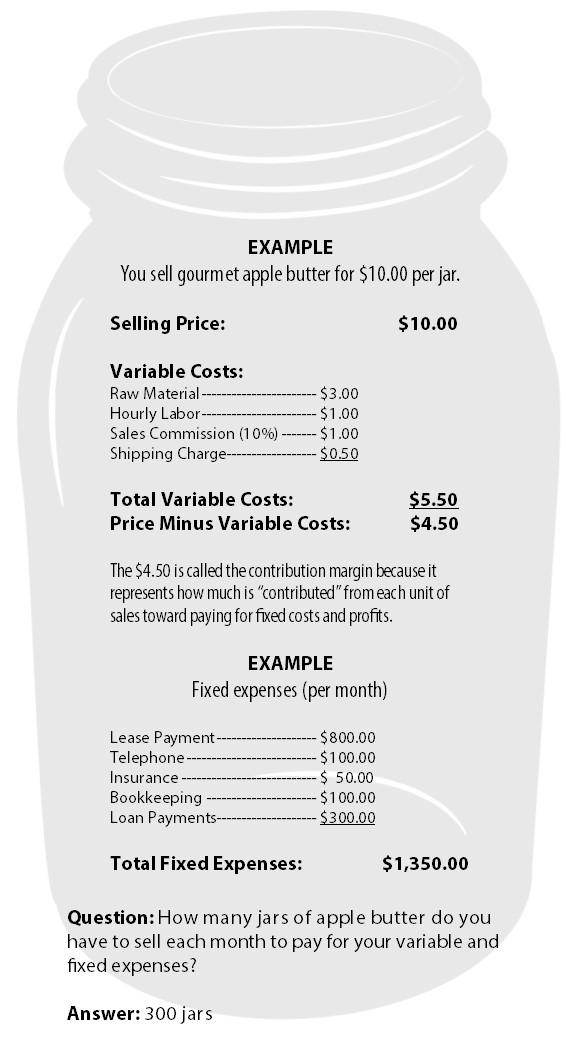Mastering Marketing
Determine Your Contributive Margin Before Setting Your Price
As the marketing and cropping season gets into full swing, there are always questions about product pricing, marketing costs, and decision on what to produce. In the pricing module, I use to teach the “Food for Profit” classes, we approach pricing by looking at both fixed and variable costs. These are terms most business folks are very familiar with but don’t often set down and really pencil out for their operation.
Most prices get set by calculating production costs and then adding the desired amount of profit per unit. Seems like a pretty straightforward approach. But, it only gives you static data and not predictive data. When in your sales cycle will you start making a profit? Or, of all your product offerings, which one has the most potential for growing your bottom line? Determining the contributive margin of each type of product or profit center will give you that kind of information.
In the “Food for Profit” classes, I use the following example, provided in Penn State Extension’s curriculum, to give budding food entrepreneurs an example for calculating how much of a product they need to produce just to break even.
First calculate all your costs, both fixed and variable. Fixed costs are the things that don’t change whether you make one jar of salsa or 10,000 jars. These costs include rent, basic utilities, insurance, salaries, and taxes. Variable costs include such things as ingredients, packaging, labels, shipping, advertising, promotion, supplies, etc. Variable costs go up or down in relation to sales volume.
The sum of your fixed and variable costs is your cost of production. To find your cost of production per unit, divide the total costs by the number of units. Add the profit you want to the cost per unit of product. This gives you your initial selling price. This is only a starting place for pricing your product. (see infographic below)

Knowing your break-even point is important and can provide the information you need to make the go, no-go decision to start a product or enterprise. But knowing the contributive margin of a product also allows you to determine the scale of production you’ll need to reach to obtain your profit goalSELL
The bottom line here is to look at your total contribution margin and make financial management decisions, set prices, or look at possibly adding new enterprises based on this metric and not just per unit cost of production.
An excellent worksheet for penciling out your fixed and variable cost is available from Penn State Extension at http://extension.psu.edu/publications/uk178
Mastering Marketing is produced by Ginger S. Myers and is published periodically containing important seasonal marketing information.
Explore More Mastering
Marketing Topics
